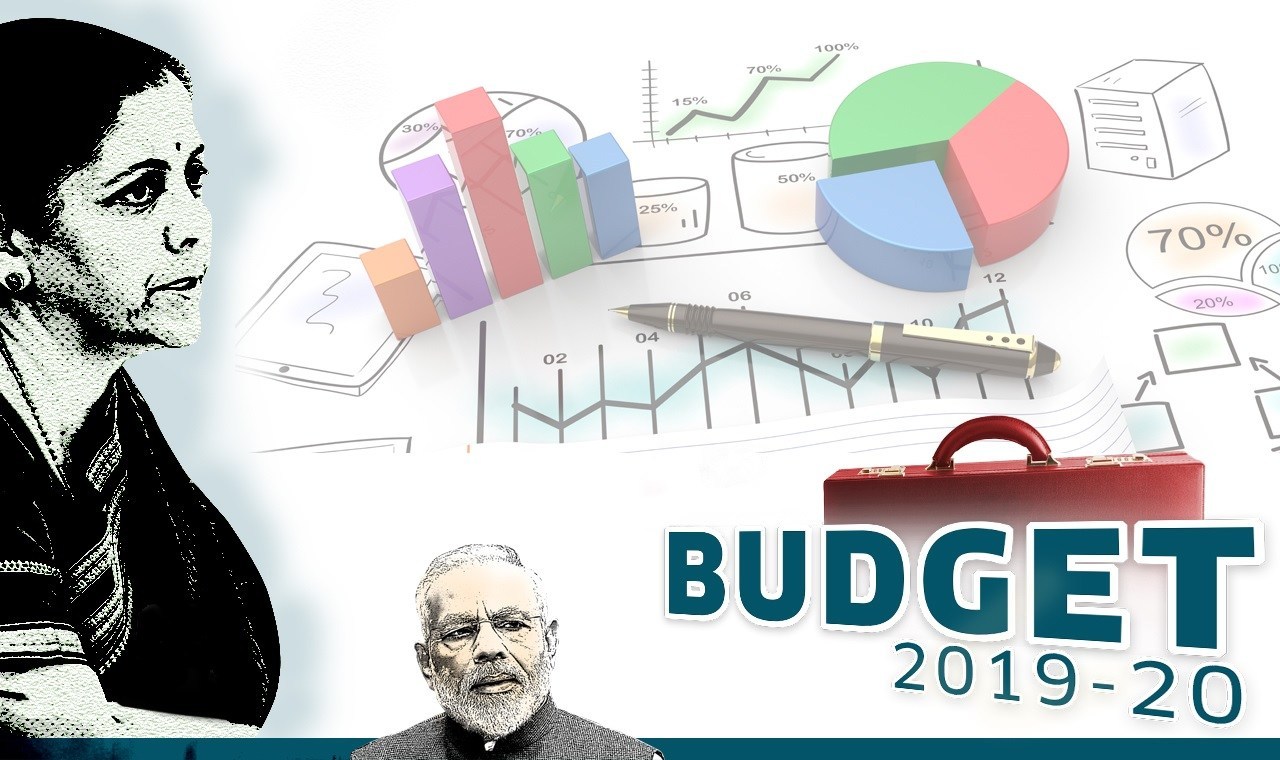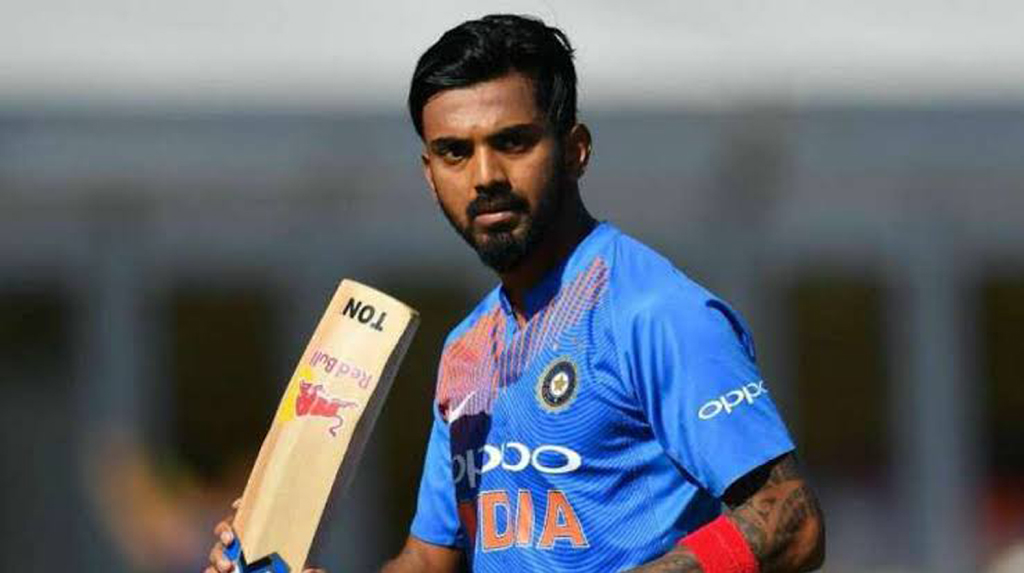By Nirendra Dev
There have been more reasons than one for finance minister Nirmala Sitharaman to get thumps up for her maiden Budget presented in Parliament on Friday.
Post-Budget analysis certainly leads industry players, political leaders and other stakeholders to record their appreciation for the efforts made to push growth through MSMEs, target over 1 lakh jobs in MRO sector and try out innovative measures to boost up aviation and insurance sectors.
“MSMEs are the potential growth engine of the Indian economy. The government has very rightly diagnosed the importance of MSMEs and the announcement of 2 per cent interest subvention for all GST registered MSMEs on fresh or incremental loans and creation of payment platform for MSMEs would facilitate them in getting better access to credit and expansion in business activities,” said Rajeev Talwar, president, PHD Chamber of Commerce and Industry.
Business tycoons took shelter of cricket analogy in the season of World Cup competition to share their views on Budget and said some of the measures were like stroke play of Hardik Pandya to achieve Prime Minister Narendra Modi’s target of ‘Modern India’.
“FM side-stepped a typical Dhoni innings and delivered the modern stroke play of Hardik Pandya. A new India! A modern India,” tweeted RPG Enterprises Chairman Harsh Goenka.
Mahindra Group chairman Anand Mahindra also tweeted: “She chose instead to take steady singles & keep the run-rate moving. Despite expectations of big moves to instantly crank-up the economy she decided to keep her eye firmly on the long term,” Mahindra said.
Sitharaman laid out quite an ambitious roadmap to push the aviation sector allowing higher FDI in domestic airlines and seeking to encourage the aviation financing and leasing business. China and Ireland dominate the scene as of now and thus India can play a significant role.
FM was eloquent in stating – ” ………….the time is ripe for us to enter into aircraft financing and leasing activities from our shores”.
There have been a sea change in aviation industry as the sector nosedived to negative territory after recording a double digit growth for more than four years till December 2018. To cope with growing domestic demand, the aircraft maker Boeing has projected that domestic carriers would need 2,300 planes worth USD 320 billion over the next 20 years.
The Budget proposals – the first of Modi 2.0 government had plans for boosting the maintenance, repair and overhaul (MRO) industry as well.
Sitharaman has pledged creating ‘a congenial atmosphere’ for the development of MRO. Being the fastest-growing aviation industry, creating a domestic MRO ecosystem is seen as strategically masterstroke for the industry.
Bharat Malkani, president of the MRO Association of India said, “the proposal can turn us from an importer of MRO to a net exporter and create over 1 lakh direct jobs”.
There can be revenue collection of over Rs 35,000 crore in the next five years as well.
India INC has expressed optimism that the budget 2019-20 will lead a flush of liquidity if the government is able to achieve the fiscal deficit target of 3.3 per cent.
The higher tax slapped on super rich should boost revenue collection. If the budget proposal is implemented, the super rich earning over Rs 5 crore will be paying an income tax which will be as high as 42 percent of their earnings, analysts say.
Another novel feature of the budget is to ‘marry the benefits’ of rural infrastructure development with sustainable livelihood opportunities, a statement from FICCI president Sandip Somany said. “….the focus now is to promote traditional resource-based industries and create avenues for self-employment and entrepreneurship. From the point of view of the farm community, the decisions to set up 10,000 farmer producer organisations and fully leverage the benefits of e-NAM for getting fair and remunerative price are welcome,” he said.
Tata Steel CEO and MD T.V. Narendran said – “We believe investment in infrastructure sector and moves to attract private capital in railways and waterways can have a positive cascading effect in the economic activity across sectors of development and growth”.
He further said connecting rural India, both physically and digitally, is another positive step. (UNI)



